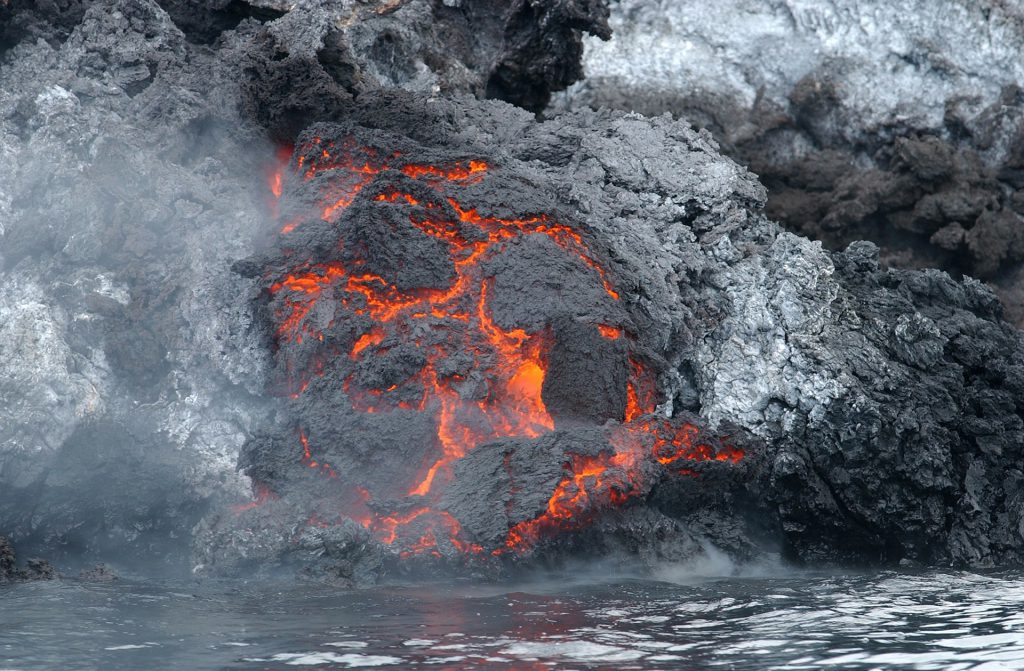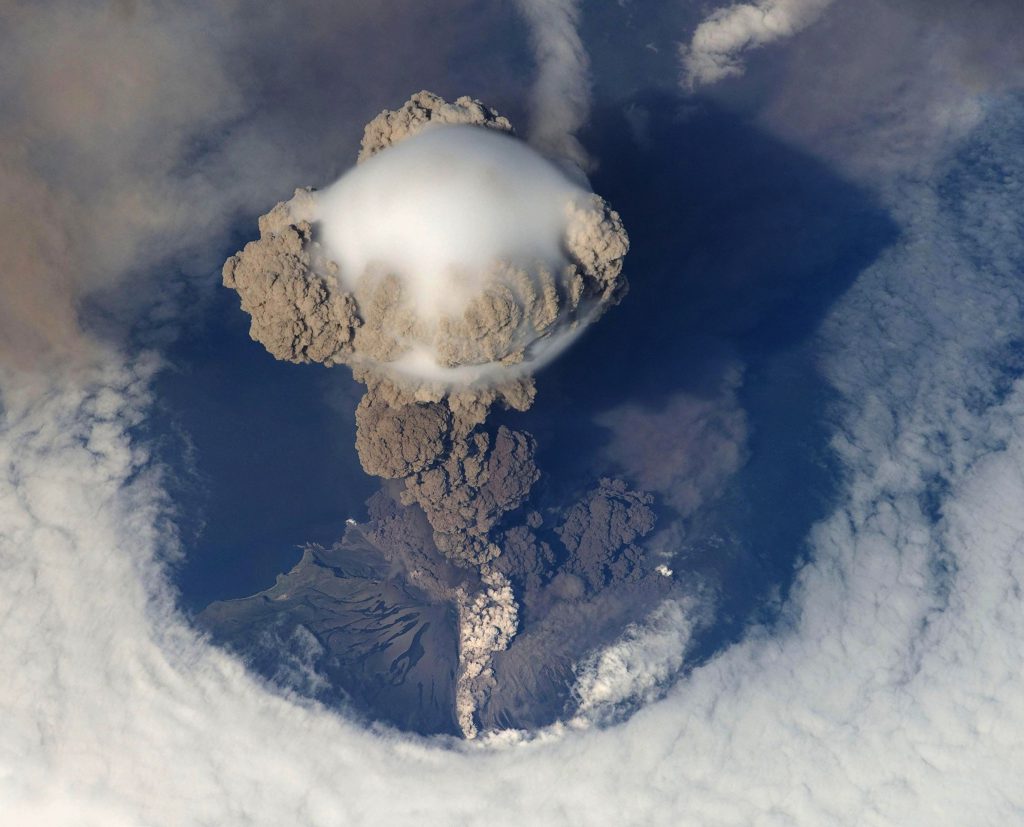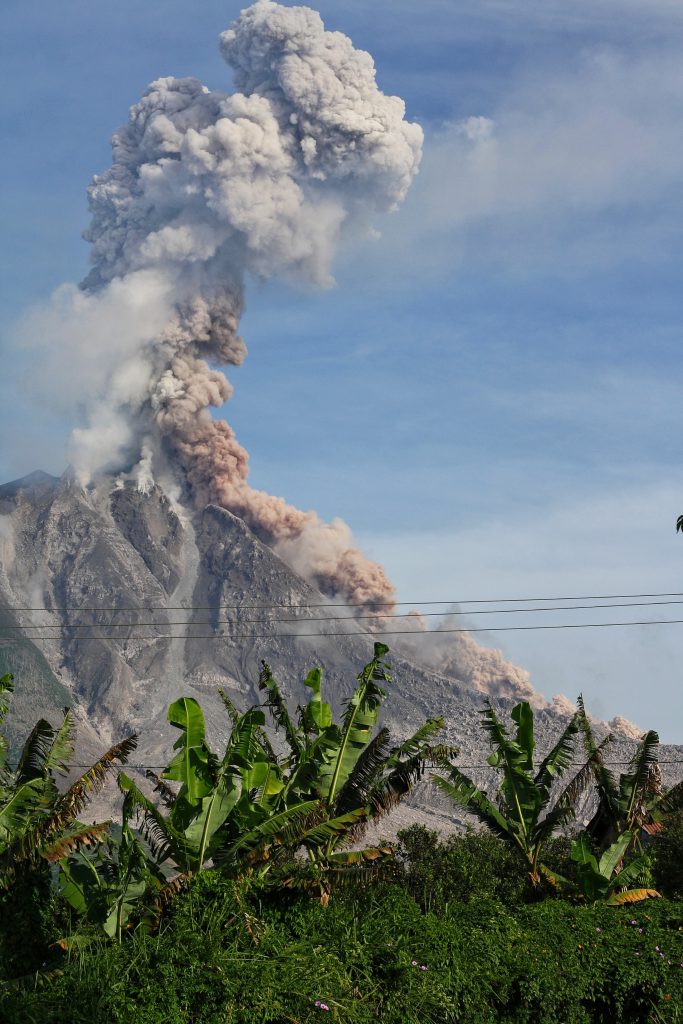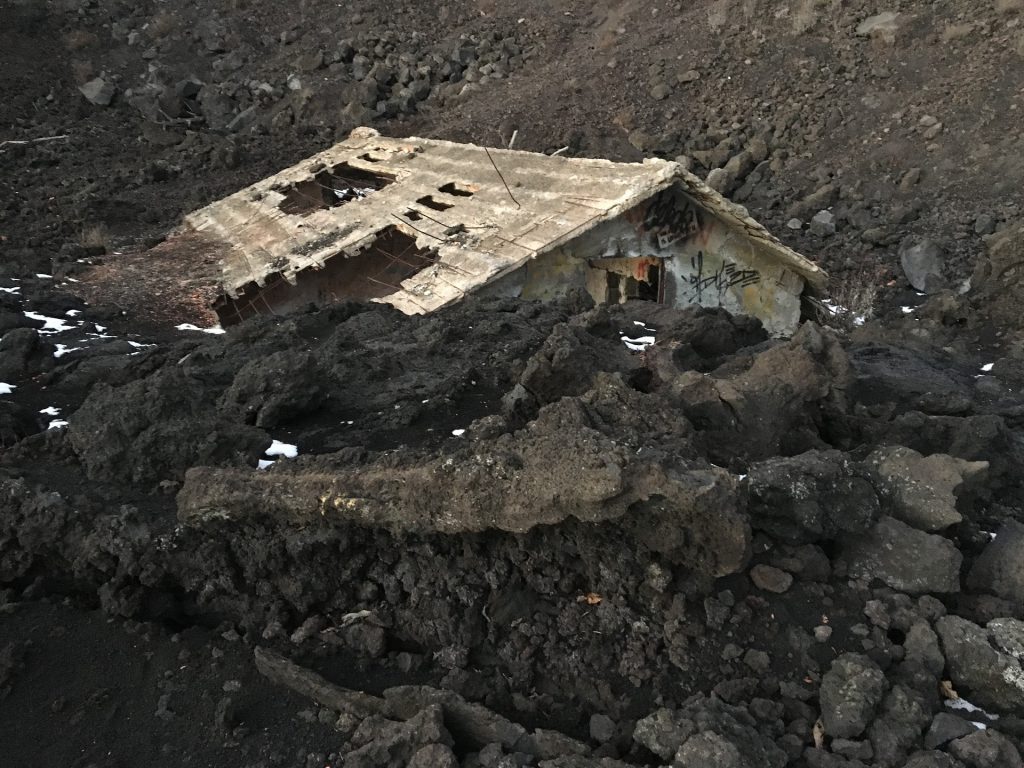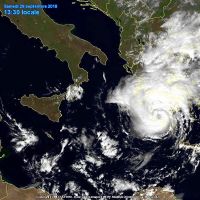The year 2020, well known for the spread of the Coronavirus and its associated disease covid-19, was also the year of dramatically increased volcanic activity around the globe. More than 50 volcanoes worldwide have erupted, some in pyroclastic eruptions in which boiling volcanic materials, gases, volcanic ash and rocks erupt from the volcano and reach atmospheric heights later cascade back to earth and cover large areas with ash and boulders. In other cases, boiling lava flowed down the mountain near towns, lakes or human-made infrastructure. The lava flow affects the land and changes the natural patches and routes, in some cases it can destroy entire cities. Volcanic eruptions have occurred this year on Reunion Island in the Indian Ocean, (Piton de la Fournaise volcano), Sicily Island (Mt. Etna volcano that continues to erupt every few days), Indonesia (Semeru volcano and Mt Sinabung), Guatemala, Ecuador and more.
Particularly memorable is the eruption of the Taal volcano in the Philippines which buried entire villages in a thick layer of ash. 50,000 people were evacuated from the disaster area. The area also underwent severe rainstorms that brought about flooding and mudslides The Mt Etna volcano also continues to erupt, and communities in Sicily have become accustomed to boiling rocks crashing down on their homes. Is there a connection between the various eruption scenes in the world? Can an eruption of one mountain affect the volcanic state of another mountain underneath earth’s crust? Researchers are still trying to answer these questions and thus allow a more accurate forecast regarding volcanic activity around the world.


